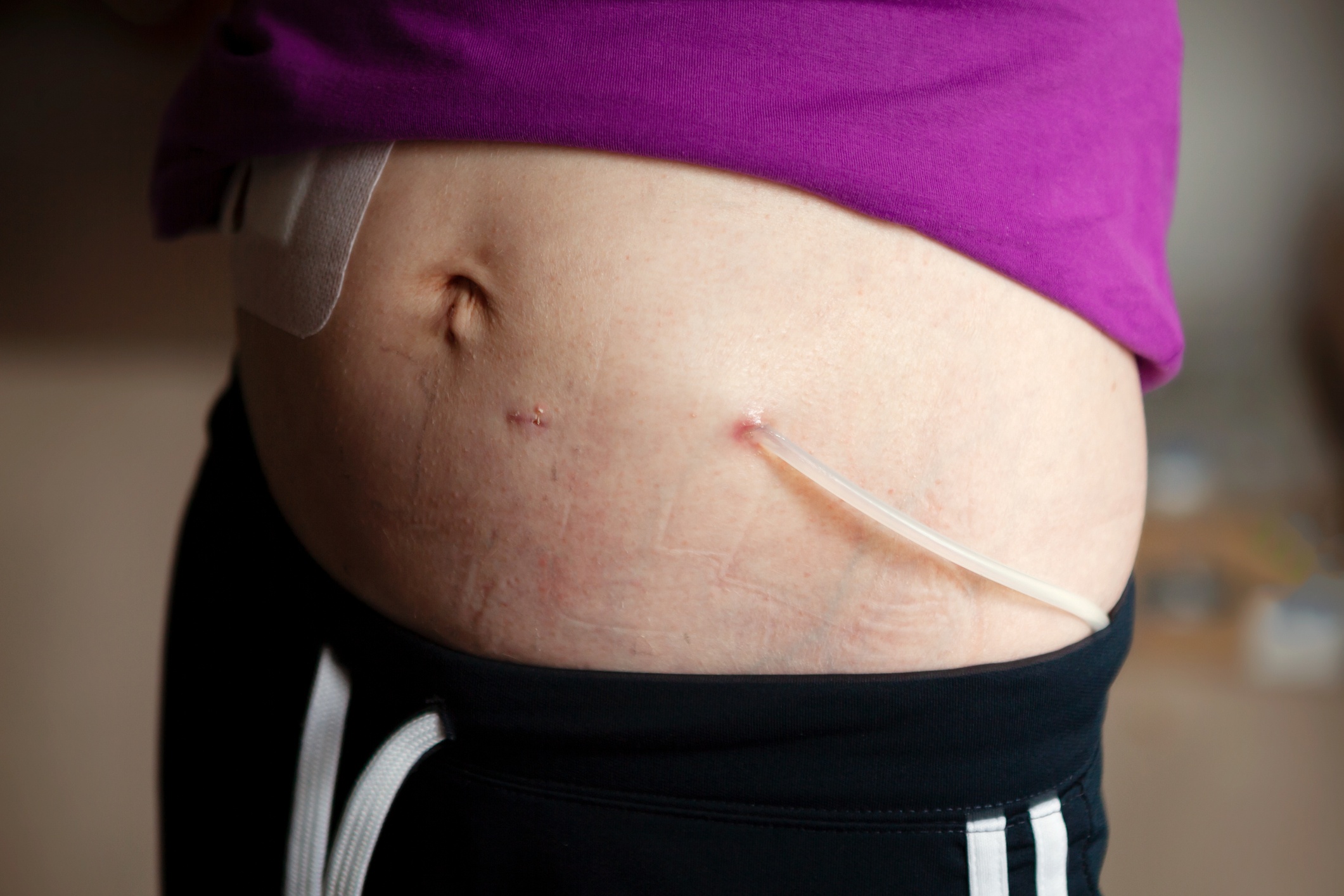
Complications from prolonged continuous kidney replacement therapy (CKRT) have not been well described. Therefore, Peace Dorothy Imani, MD, and colleagues sought to study and document findings on vitamin D and metabolic bone disease in children requiring continued CKRT. Their single-center, prospective, observational study included 37 patients receiving CKRT with regional citrate anticoagulation for 28 days or longer. The study exposure was the duration of CKRT, and the outcomes were 25-hydroxy vitamin D and osteopenia and/or fractures.
Vitamin D deficiency was observed in 17.2% of patients, while vitamin D insufficiency occurred in 69.0%. Age and ethnicity were not related to vitamin D deficiency or insufficiency, nor were time on CKRT or parathyroid hormone levels predictive of vitamin D levels. There was radiographic evidence of osteopenia and/or fractures in 29.7% of patients. After adjustment for age and time on CKRT, patients with chronic liver disease were more likely to experience osteopenia and/or fractures compared to patients with other primary diagnoses (OR, 3.99; 95% CI, 1.58-2.91; P=.003).
In conclusion, vitamin D deficiency and insufficiency, osteopenia, and fractures were common among children receiving extended CKRT. The risk for metabolic bone disease may be higher among patients with chronic liver disease. Patients on CKRT may require higher doses of vitamin D to maintain normal levels.
Source: BMC Nephrology. 2024 Aug 19;25(1):265







 © 2025 Mashup Media, LLC, a Formedics Property. All Rights Reserved.
© 2025 Mashup Media, LLC, a Formedics Property. All Rights Reserved.